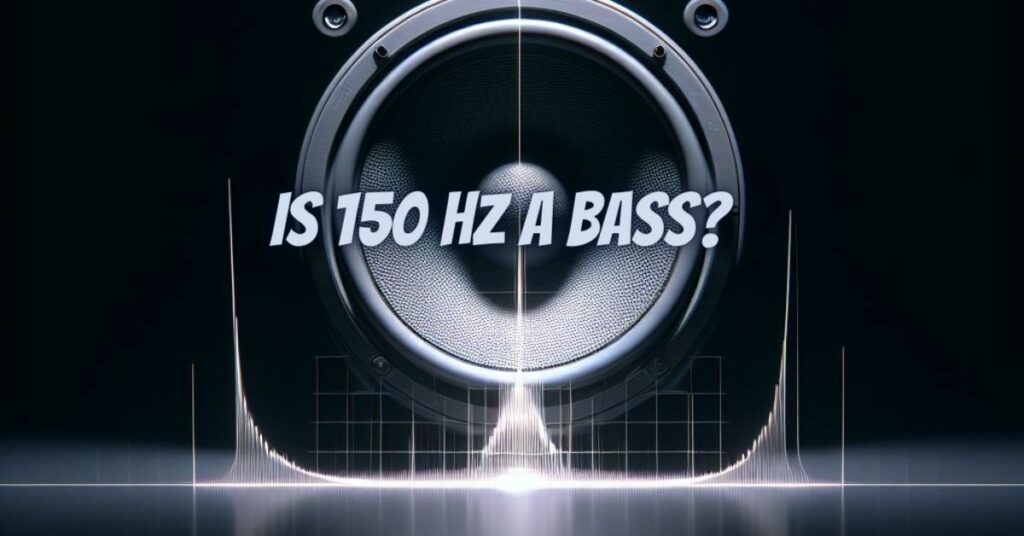Yes, 150 Hz is considered a bass frequency. The human ear can hear frequencies from about 20Hz to 20,000Hz. Frequencies below 20Hz are considered sub-bass, and frequencies above 20,000Hz are considered ultrasonic.
Bass frequencies are typically from 20Hz to 250Hz. Midrange frequencies are from 250Hz to 5000Hz. Treble frequencies are from 5000Hz to 20,000Hz.
150 Hz is a low midrange frequency. It is the frequency of the low G string on a standard guitar. It is also the frequency of the snare drum on a drum kit.
A good way to think about it is that bass frequencies are the ones that you can feel, while treble frequencies are the ones that you can hear. Bass frequencies are responsible for the low rumble that you feel when you listen to music. Treble frequencies are responsible for the high-pitched sounds that you hear, such as the sizzle of a cymbal or the brightness of a guitar solo.
Of course, there is some overlap between the different frequency ranges. For example, some people can hear frequencies above 20,000Hz, and some people can feel frequencies below 20Hz. Additionally, the way that you perceive sound can be affected by a number of factors, such as the volume of the sound, the type of speakers that you are using, and the environment in which you are listening.
Ultimately, the best way to determine whether a sound is bass or treble is to listen to it and see how it makes you feel. If you can feel the sound in your chest, then it is probably a bass sound. If you can hear the sound in your head, then it is probably a treble sound.
Here are some examples of instruments and sounds that produce frequencies around 150 Hz:
- Bass guitar
- Electric guitar (low strings)
- Acoustic guitar (low strings)
- Double bass
- Cello
- Trombone
- Tuba
- Snare drum
- Kick drum
- Tom-toms
- Bassoon
- Clarinet
- Saxophone
150 Hz is a very important frequency in music, as it is responsible for the foundation of the sound. It is also a frequency that is very easy to feel, which is why it is often used in dance music and other genres that are meant to be felt as well as heard.


